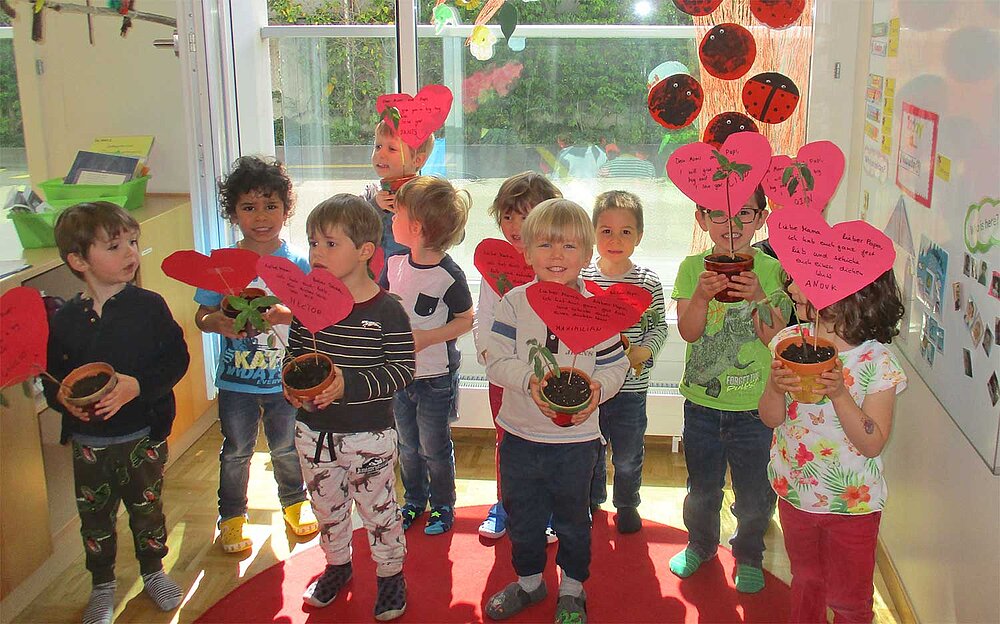Harvard Graduate School of Education: “Say thank you”

Saying thank you is considered polite. But do children really understand what gratitude is all about? We give tips on how to introduce your child to the topic.
With a gift or five Franken for the piggy bank, the matter is clear: Children receive a present, they are happy and they say “thank you”. The older they get, the more they internalise a please-&-thank-you automatism, as they have learned this is considered polite and expected of them.
But what about the understanding of gratitude? This is the question posed by the Making, Caring, Common Project at Harvard University’s Graduate School of Education. With “Gratitude Is More Than Just Saying Thank You”, they give parents and educators practical guidelines for action. The aim is for children to understand what and they feel gratitude for and why. It helps if they regularly observe to whom and for what they are grateful and reflect on why they are grateful.
Step 1: Practice looking
Explain to the child what gratitude means. For example, you could say, “Something or someone that makes you laugh, even if you were crying a minute ago.” Ask the child to pick one person or one thing that makes her feel appropriately good.
Step 2: Think about the “why”
The child can tell what the person she is thinking of stands for. Of course, he or she can also draw it. There is grandpa who comes to fly a kite, grandma who always patiently reads aloud, dad who plays football or mum who is so nice to cuddle with. Or maybe the cat that is a loyal friend, not to forget the trampoline in the garden that is so wonderful to romp on. By asking questions, you guide the child through the process of finding out exactly what it likes: What action or quality does it associate with the person? The child may find it nice that his or her grandmother always plays Lego with him or her.
The Harvard experts even go further in their explanations, although this is more applicable to older children: If grandma always sits down on the floor with them and patiently sorts all the Lego bricks, the older child begins to reflect on the fact that grandma interrupted her nap on the sofa to play along. And in the last step, that the child thinks about how he could show his appreciation, perhaps by helping to clear the table after dinner.
Step 3: Share your gratitude
Thoughts can be anchored better, once they are spoken aloud. Let the child tell what he or she is grateful for and why: “I am happy about grandpa because he always makes me laugh” or “I think it is nice that we have a bird house in the garden because I can always see birds there”. Adults should take the opportunity to share their own gratitude. This helps the children to understand and they get to know the adults better.
Step 4: Make it a habit
Get in the habit of noticing and thinking about gratitude while doing everyday activities (this is also possible without using the very big word „gratitude“). You can do this during dinner, at night in bed or on a white board in the kitchen that can be scribbled on by every member of the family with things that they find beautiful and enriching. There are no limits to creativity here.

